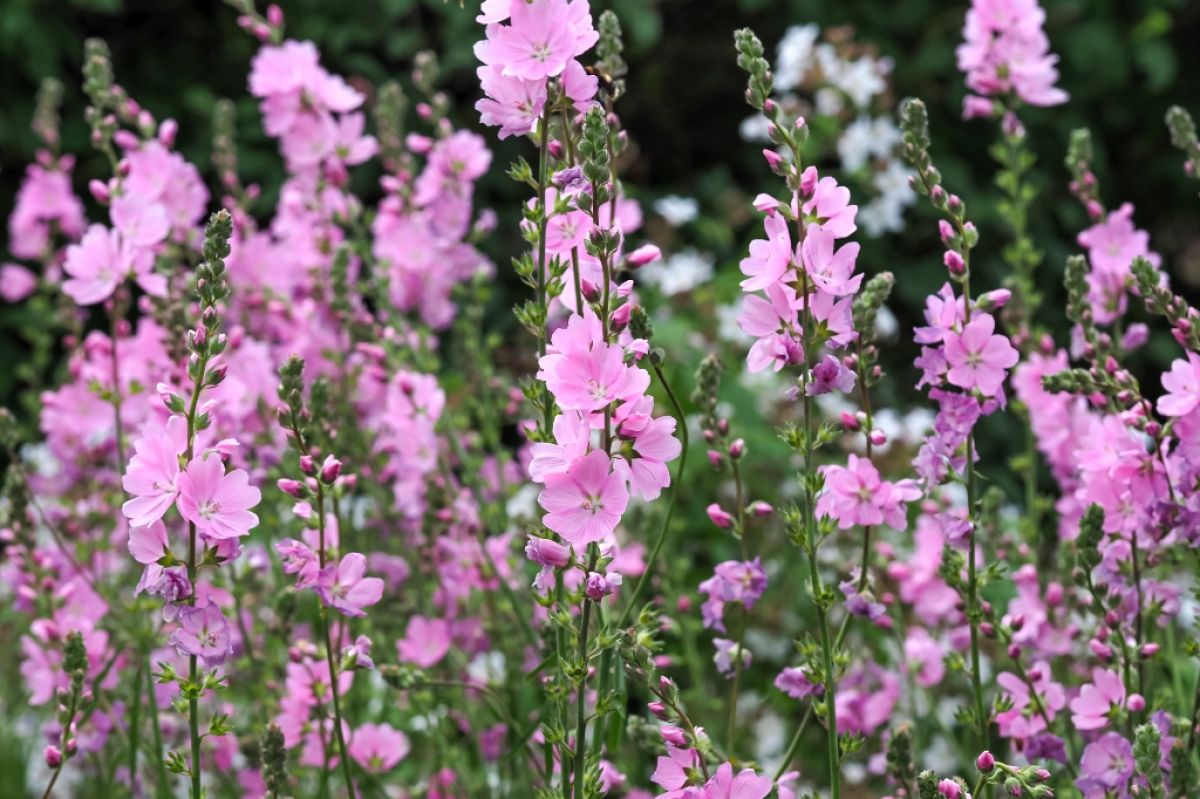The genus Sidalcea is made up of species from western North America, and the best of the species is Sidalcea malviflora, so named because the flowers resemble mallows. The scientific name is actually a combination of two related plant forms, “sida” and “alcea,” because it resembled both the mallow and the hollyhock.
The most used common names recently are miniature hollyhock and prairie mallow. Other common names in the past were checkers and checkerbloom because of the alternate placement of the flowers on the stem.
The flowers are cup-shaped and grow on spikes and have five pink petals. The plant adapts well, though it prefers afternoon shade in warm climates, and tolerates most types of soil as long as it is well watered. More flowers are produced if the dead flower stems are cut back.
This is not a long-lived perennial but does self-seed. I grew it for years in my Zone 6 garden until the deer ate it to the ground, so that was that. It combines well with lady's mantle and roses, if you do not have deer, or if you have a fence or spray every day.
This is Moya Andrews, and today we focused on our native Sidalcea.










